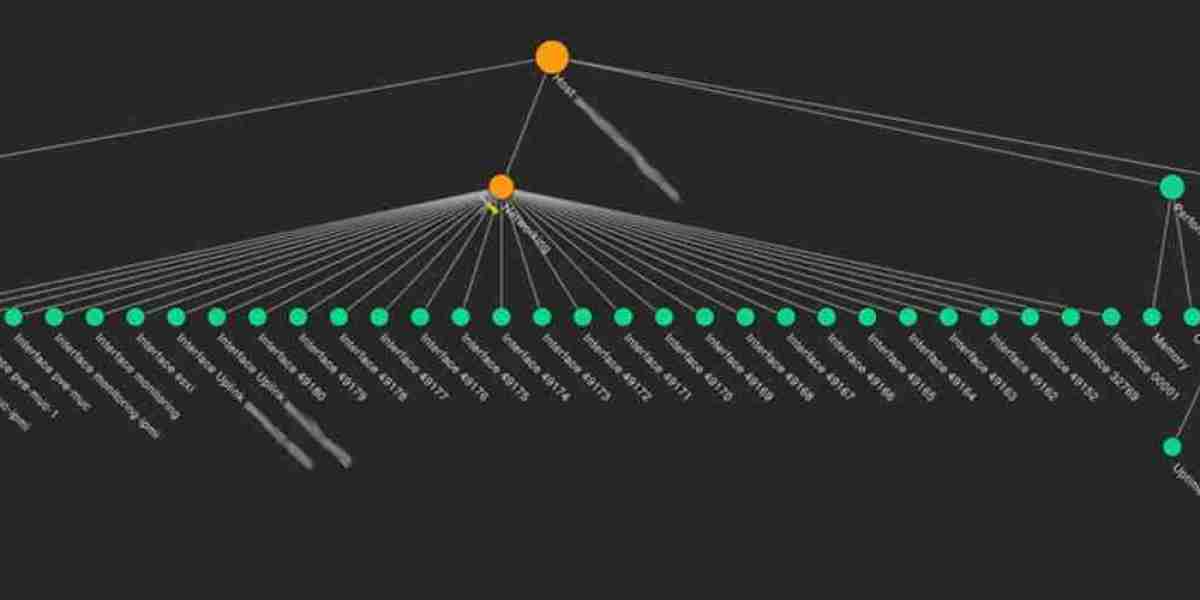As the gig economy continues to grow, the demand for platforms that connect users with service providers is on the rise. One such platform that has seen significant success in recent years is TaskRabbit, a mobile app that allows people to find and hire skilled workers for everyday tasks. In 2025, building an app like TaskRabbit offers opportunities for entrepreneurs and businesses, but understanding the costs associated with this process is crucial.
In this blog, we’ll break down the various factors that contribute to the cost of developing a TaskRabbit clone app in 2025. These factors range from the app’s features to the development team’s expertise, and from technology stacks to ongoing maintenance costs. By the end, you will have a clear picture of what it takes to bring such an app to life, both from a technical and financial standpoint.
1. Core Features That Drive Costs
The cost of building an app like TaskRabbit depends on its features and functionalities. The app’s primary purpose is to connect people who need tasks completed with freelancers or service providers who can perform those tasks. Below are the essential features that will affect the development process and, consequently, the overall cost.
1.1 User Profiles and Authentication
For any platform that connects users, profiles are necessary. Both service seekers and service providers need to create accounts, provide their details, and verify their identities. Authentication mechanisms such as email, phone verification, or even biometric recognition can increase the complexity of the app, adding to the development time and cost.
1.2 Task Posting and Search Functionality
The core feature of TaskRabbit is its ability to let users post tasks and find workers who are capable of performing them. This requires a robust backend system capable of managing a large number of task postings. Advanced search filters, such as location, price, task category, and provider ratings, make this feature more intricate and costly to develop.
1.3 In-App Messaging and Communication
Real-time communication between users and service providers is crucial for seamless interaction. This feature often involves complex real-time chat systems, notifications, and possibly even voice/video communication. The more sophisticated the communication feature, the higher the cost, especially if you need to integrate third-party services for messaging and calling.
1.4 Booking and Payment System
A reliable and secure booking system is essential for any app like TaskRabbit. This feature involves integrating payment gateways, implementing order scheduling, and ensuring a smooth transaction experience for users and service providers. Payment systems also need to be highly secure, adhering to industry standards like PCI compliance, which requires extra development effort.
1.5 Rating and Review System
Building trust between users and service providers is key to the success of platforms like TaskRabbit. A rating and review system lets users rate service providers after a task is completed. This feature often involves integrating algorithms that suggest the best service providers based on ratings, location, and task requirements, increasing development complexity.
1.6 Push Notifications and Alerts
Notifications are a great way to keep users engaged and informed about the status of their tasks. Implementing a push notification system requires integration with external services like Firebase or custom solutions. These systems can notify users about new tasks, updates, or even promotional offers, adding another layer of functionality to your app.
1.7 Admin Panel
An app like TaskRabbit will require an admin panel to manage users, tasks, service providers, payments, and dispute resolution. Building a secure and user-friendly admin dashboard can take a significant amount of time and effort, as it needs to be feature-rich and easy to use for the administrators.
2. Technology Stack
The technology stack used to build the app also plays a significant role in determining its cost. The choice of programming languages, frameworks, and tools can impact both the development time and cost. Below are the common technologies used to develop apps like TaskRabbit:
2.1 Front-End Development
For the user-facing side of the app, you’ll need to choose between developing native apps for both iOS and Android or opting for a cross-platform approach.
Native Apps: Developing separate apps for iOS and Android ensures optimal performance and user experience, but it can be more expensive and time-consuming, as you’ll need separate teams for both platforms. Native apps are usually built using Swift (iOS) and Kotlin or Java (Android).
Cross-Platform Apps: Using frameworks like React Native or Flutter allows you to develop a single app that works on both iOS and Android. This can reduce development time and cost significantly, though there might be trade-offs in performance and access to native device features.
2.2 Back-End Development
The back-end infrastructure powers the app, handling tasks like user authentication, task management, payment processing, and real-time notifications.
Cloud Services: In 2025, cloud-based platforms such as AWS, Google Cloud, or Microsoft Azure are the most common back-end choices for mobile apps. These services provide scalability and reliability but can incur ongoing costs depending on usage and storage needs.
Databases: Depending on the app’s needs, you might choose relational databases like MySQL or PostgreSQL or NoSQL databases like MongoDB. The choice of database can impact both development time and ongoing maintenance costs.
2.3 APIs and Integrations
You’ll need to integrate various third-party services into your app, such as payment gateways (e.g., Stripe or PayPal), location tracking services (e.g., Google Maps), and messaging platforms (e.g., Twilio for SMS). Each integration requires development effort, testing, and possibly licensing fees, which add to the total cost.
3. Development Team
The size and expertise of your development team are crucial factors in determining the cost. Depending on the complexity of your app, you may need a variety of professionals with different skill sets.
3.1 App Developers
You’ll need developers proficient in the specific languages and frameworks chosen for your app. For a native app, you’ll need both iOS and Android developers. If you choose a cross-platform approach, a React Native or Flutter developer would suffice. Depending on the scope and timeline, this could involve a small or large team.
3.2 UI/UX Designers
A clean, intuitive, and user-friendly interface is vital for an app like TaskRabbit. UI/UX designers will work on designing the app’s layout, user flow, and overall look and feel. Their expertise in crafting user-centric designs is critical to ensuring your app delivers a high-quality user experience.
3.3 QA Engineers
Quality assurance (QA) engineers are necessary to ensure that the app works as expected and is free of bugs. They perform testing on different devices, operating systems, and edge cases, ensuring a smooth experience for the end user. QA testing can be time-consuming, especially for apps with complex features like real-time messaging, booking, and payments.
3.4 Project Managers
A project manager coordinates the efforts of the development team, ensuring that the project stays on track, within budget, and meets deadlines. The project manager also communicates with stakeholders and resolves any issues that arise during development.
3.5 Security Experts
Given the sensitive nature of user data, particularly when it comes to payment information, security experts are crucial in building a secure app. They ensure that the app adheres to industry best practices for data protection, encryption, and secure communication, which can increase development costs.
4. Development Timeframe
The time it takes to develop an app like TaskRabbit directly correlates with its complexity. On average, building a platform with similar features and functionality could take anywhere from 6 months to a year. Here's how the development process might break down:
MVP (Minimum Viable Product): If you aim to launch with just the core features, you might be able to develop an MVP within 4 to 6 months. This could help you enter the market quickly and validate your idea before investing in additional features.
Full-Feature App: To build a fully-featured app like TaskRabbit with advanced functionalities, expect a development timeframe of 9 to 12 months or more, depending on the scope and the number of features.
5. Ongoing Maintenance and Updates
After launch, ongoing maintenance and updates are necessary to keep the app running smoothly. Maintenance costs include bug fixes, security updates, performance improvements, and the addition of new features. Generally, maintenance can cost 15-20% of the initial development cost annually.
6. Total Cost Breakdown
So, what does it all add up to? Here’s a rough breakdown of the costs involved in developing an app like TaskRabbit in 2025:
- MVP Development (Basic Version): $50,000 – $100,000
- Full-Feature App (with advanced features): $150,000 – $500,000 or more
- Ongoing Maintenance (annual): 15-20% of the initial development cost
The actual cost can vary significantly depending on factors like the development team’s location, the choice of technologies, and the specific features you wish to include. Offshore development teams may offer lower costs, but they may also introduce challenges in communication, time zones, and quality control.
7. Conclusion
Building an app like TaskRabbit in 2025 is a significant investment, but it offers high potential for success if executed well. The costs associated with such a project depend on several factors, from the features you choose to include to the technologies and the expertise of the development team.
By carefully considering the core features, technology stack, development team, and ongoing maintenance, you can make more informed decisions that will help you manage the costs effectively. Whether you opt for an MVP to test the market or go all in with a fully-featured app, the path to creating your version of TaskRabbit will require careful planning and strategic investment.




